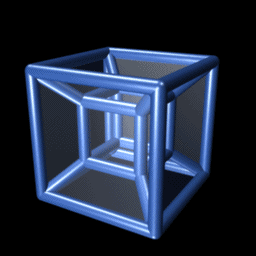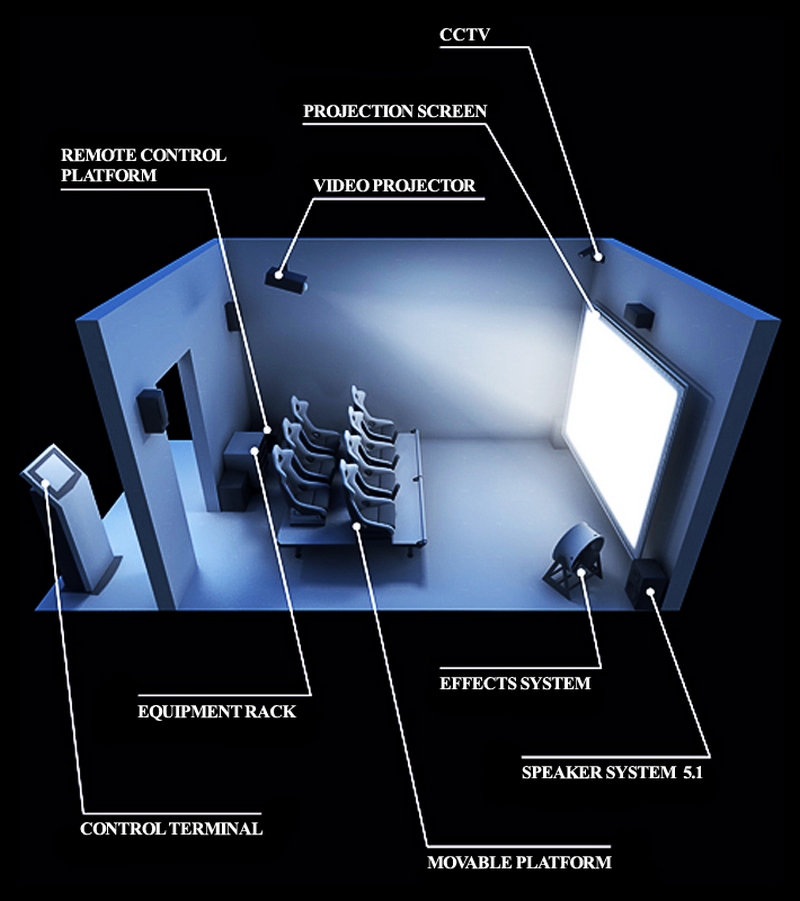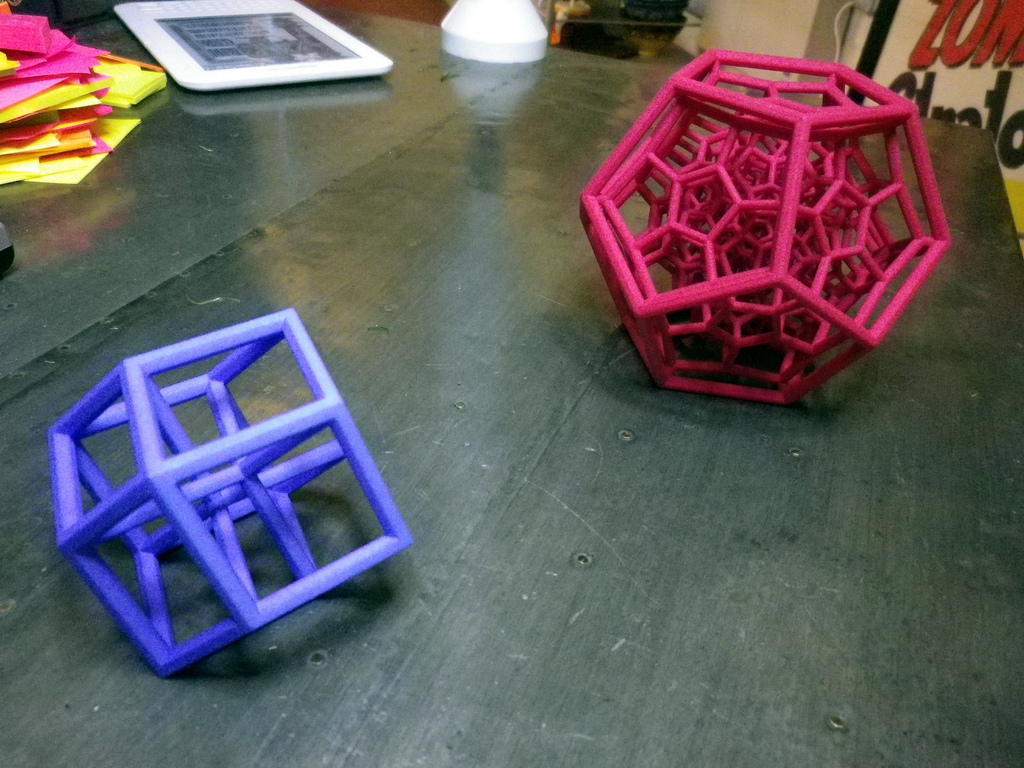What You Need to Know about the 4th Dimension and 4D Technology
By now, almost all Internet users are expected to be aware of the concept of 3D. However, there’s an emerging technology that is starting to make 3D sound old: 4D tech. What is 4D tech? Should you even bother trying to get acquainted with it?
To help you understand this technology more easily, discussed below are some of the most important points you have to know about 4D tech.
- 4D is not just an upgraded 3D and we arguably can’t perceive it.
First of all, the progression from 3D to 4D is not similar to how 3G progressed to 4G. 4D is not just an upgraded 3D. It is in a completely different realm. While it can be said that 3D is 2D with an added dimension and 4D is 3D with one more dimension, these geometric spaces are completely different from each other.
This difference can be highlighted by perception. It is said that 2D creatures cannot perceive 3D while 3D creatures (humans and other living things) cannot perceive 4D. 3D creatures can perceive 2D but are unable to perceive 4D. This is why we find it impossible or very difficult to visualize 4D although some who have been mathematically trained claim to be able to do so.
The animated image above is the best we can do to visualize 4D but it still is not 4D. It would be incorrect to say that objects in the 4D world are animated like the animated image above. Right now, nobody can accurately provide a clear and accurate description of how a 4D object looks like. Perhaps it’s really impossible. There are propositions that the fourth dimension in 4D is time as demonstrated by the Minkowski continuum called spacetime. However, this only makes it more difficult to visualize 4D. Well, if you can visualize time you may be able to visualize it.
In short, 4D is in an entirely different world. It’s like a world surrounding us where objects exist on opposite sides at the same time and (if sentient) can see all three dimensions (length, width, and height) at the same time without having to change vantage points. It’s like us being able to see 2D objects (flat pictures) in their entirety without having to change vantage points.
- 4D at present is just a marketing term.
4D cinema, 4D printing, 4D theme parks and other products marketed as 4D are not real four-dimensional creations. A 4D film is only called 4D as it is basically a 3D film (which by the way is also not real 3D, just an optical illusion) with added elements to make the viewing experience more immersive. These elements include strobe lighting, vibrations, rain, wind, bubbles, and scents. Similarly, 4D printing does not really create 4D objects but objects that can morph in response to a stimulus.
- 4D printing has nothing to do with the fourth dimension.
Again, 4D printing is just a marketing term. 3D and 4D printing are not really that different. 4D printouts can be created using 3D printers. The difference is in the output and the materials used. The results of 4D printing are objects that can self-adjust or shapeshift in response to their environment or to the application of stimuli. One good example of a 4D printout is the 4D dress featured on this blog earlier.
- 4D printing commercialization is expected to happen in 2019.
According to a recent Research and Markets report, 4D printing may already be commercialized by 2019. The report estimates that the global 4D printing market will have grown at a compounded annual growth rate of 42.95% from 2019 to 2025. It is expected to become a $63 million industry by 2019 and around $500 billion by 2025. The 4D printing industry will consist of different material segments namely programmable wood grain, programmable carbon fiber, and programmable textiles. The programmable carbon fiber will be the largest segment with an estimated share of not more than 62% of the 4D printing market.
- 4D printing basically appoints time as the fourth dimension.
We already know that 3D means the length, width, and height, and that 4D is 3D plus a fourth dimension. The fourth dimension, however, remains controversial. There is no consensus as to what it really is. When it comes to 4D printing, though, the fourth dimension is time. If you are still finding it hard to understand how the output of 4D printing gets to be called a 4D object, just remember that it is 3D + time or 3D object that changes its shape over time (or after the introduction of some stimulus).
These are some of the most basic details you need to know to understand the concept of 4D in current use. 4D can be a little confusing if you try to more deeply understand it so just think of it according to the five major points raised above. This blog will promptly report on more recent developments on 4D tech as soon as they emerge.


